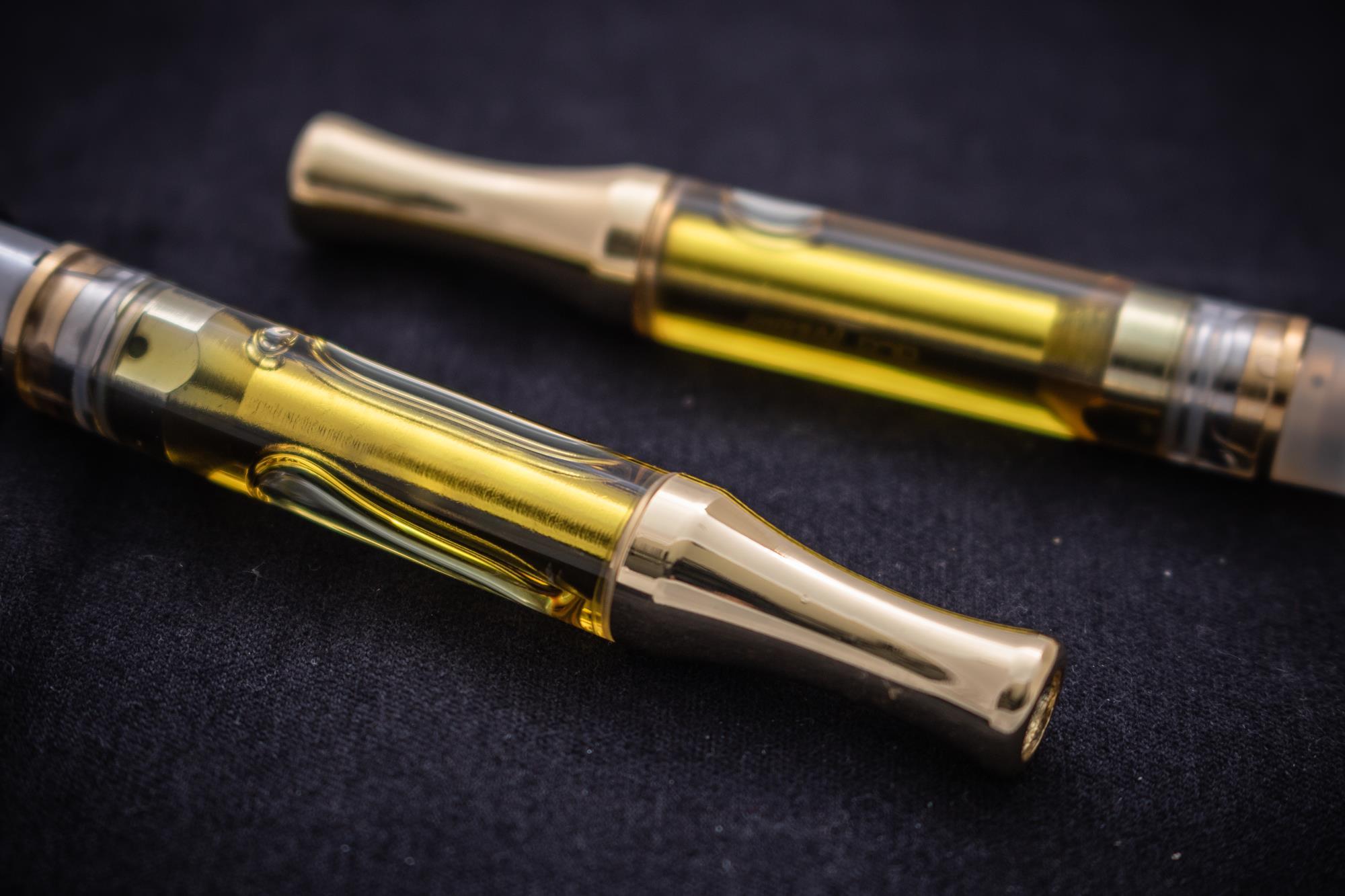These cartridges contain a concentrated form of tetrahydrocannabinol THC, the psychoactive compound found in cannabis that produces the sensation of being high. Understanding the science behind how THC cartridges work and their effects on the body involves delving into both the chemistry of THC and the human endocannabinoid system. THC cartridges are typically used with vape pens or e-cigarettes. These devices heat the THC oil to a temperature that allows it to vaporize without combusting. This process, known as vaporization, avoids the harmful byproducts of combustion, such as tar and carcinogens, which are present in traditional smoking methods. The THC oil within the cartridges is often extracted using solvents like CO2 or ethanol to ensure purity and potency. Once extracted, the oil is sometimes combined with other cannabinoids, terpenes, and flavoring agents to enhance the experience. When a person inhales the vapor from a THC cartridge, the THC enters the lungs and is rapidly absorbed into the bloodstream through the alveoli, tiny air sacs in the lungs.

From there, it travels through the bloodstream to the brain and other parts of the body. The quick absorption into the bloodstream allows for almost immediate effects, making vaping a popular choice for those seeking rapid onset of relief or euphoria. THC exerts its effects primarily by interacting with the endocannabinoid system, a complex cell-signaling system found throughout the body. This system plays a crucial role in regulating various physiological processes, including mood, memory, appetite, and pain sensation. The endocannabinoid system comprises cannabinoid receptors, endocannabinoid, and enzymes that synthesize and degrade endocannabinoid. THC mainly binds to CB1 receptors, which are abundant in the brain and central nervous system. The binding of THC to CB1 receptors in the brain leads to the release of neurotransmitters, chemicals that transmit signals between nerve cells. This interaction affects various brain regions, including those involved in pleasure, memory, thinking, coordination, and time perception. Consequently, users may experience altered senses, mood changes, impaired memory and concentration, and a sense of euphoria or relaxation.
The intensity and duration of these effects can vary depending on factors such as the THC concentration, the individual’s tolerance, and their metabolism. Aside from the psychoactive effects, THC has several therapeutic benefits. It can act as an analgesic, reducing pain by altering pain perception pathways in the brain. It also has anti-inflammatory properties, making it useful for conditions like arthritis. Additionally, THC can stimulate appetite, which can be beneficial for individuals with conditions like HIV/AIDS or undergoing chemotherapy, where appetite loss is a concern. However, it is important to note that THC can also have adverse effects. High doses or prolonged use can lead to anxiety, paranoia, and, in some cases, acute psychosis. Chronic use of THC, especially through smoking, can impact lung health. Therefore, while thc carts offer a modern, potentially safer alternative to smoking, users should be mindful of dosage and frequency of use. In summary, THC cartridges offer a contemporary and efficient method for consuming cannabis, leveraging the rapid absorption of vaporized THC for immediate effects. By interacting with the endocannabinoid system, THC influences various physiological and psychological processes, providing both recreational and medicinal benefits.


